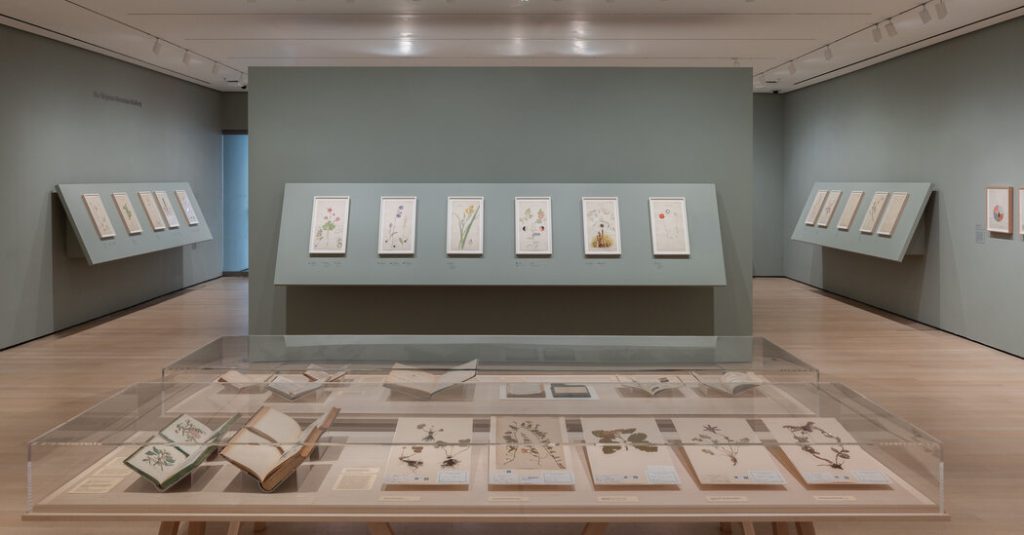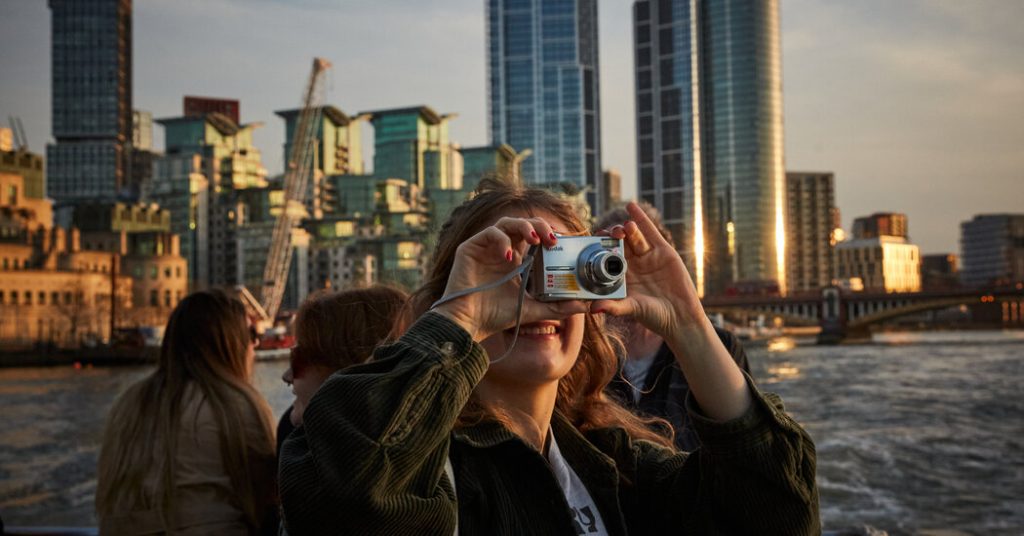From 1856 until the 1960s, schoolchildren in Sweden had to pass annual botanical examinations quite literally in the field. Each spring they roamed the meadows and forests to collect 50 to 150 specimens, then pressed, annotated and classified those plants in the tradition of that late great Swedish naturalist, Linnaeus.
Hilma af Klint, born in 1862, was one such child. Long before she brought the art world to its knees in a posthumous 2018 retrospective that proved a female artist had made serious formal abstractions years before Kazimir Malevich and Wassily Kandinsky, af Klint was a schoolgirl in Stockholm, where, according to her report cards, she made only B’s in the natural sciences but an A in “Attention.”
Fifty years passed. After a public career in illustration and a private one in Protestant occultism, she made attention her theme once more in the floral portfolio she turned to in middle age, with breath-held minuteness, in the spring of 1919, while living on the island of Munso with her ailing mother.
The resulting 46 watercolors, never before exhibited, are now on view in the show “What Stands Behind the Flowers” at the Museum of Modern Art, hung with some 50 other af Klints on paper plus a handful of relevant botanical materials under glass. Ebullient, rigorous and boastfully esoteric, these “Nature Studies,” as she called them, reveal the didactic side of a pioneer in nonliteral art. This is an economical show of some beautiful field exercises, and it suggests the spiritual extremes to which the honorable but often tedious tradition of botanical illustration might be taken.

A page on the Swedish whitebeam demonstrates how devoted af Klint was to the texture of her herbal specimens. Here she wet-lifted the paint off the leaves to achieve the right leathery effect, while leaving trails of white for the veins.Credit…Committee on Drawings and Prints Fund and gift of Jack Shear, via Museum of Modern Art, New York
Hepatica, a relative of the buttercup, comes up first in that northern clime. That plant opens her atlas on April 22 — she dated each species in pencil — with coffee-colored smears of earth. She then paints in noodles and hearts of negative space for the stems and leaves. Then she traces those empties with an earthy-wine spectrum of reds, purples and greens. Hepatica has, like poppies and nettle, hairy stems. So within those stems she picks up the dry edge of her brush with shaggy tweaks, to suggest follicles in sunlight. Up top, in a spot illustration of the blossom, she fills in the bright purple petals but dodges with her brush seemingly microscopic whiskers of stamen.










